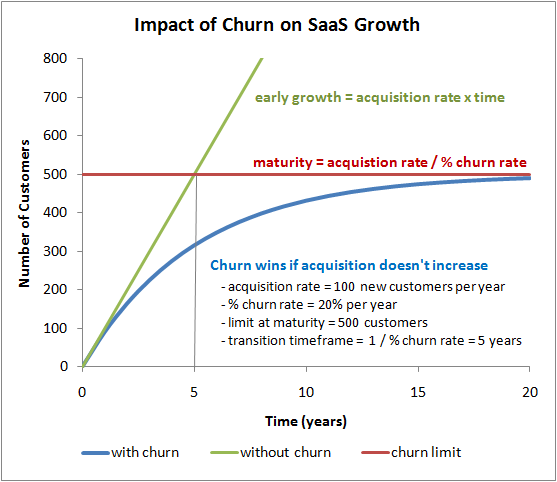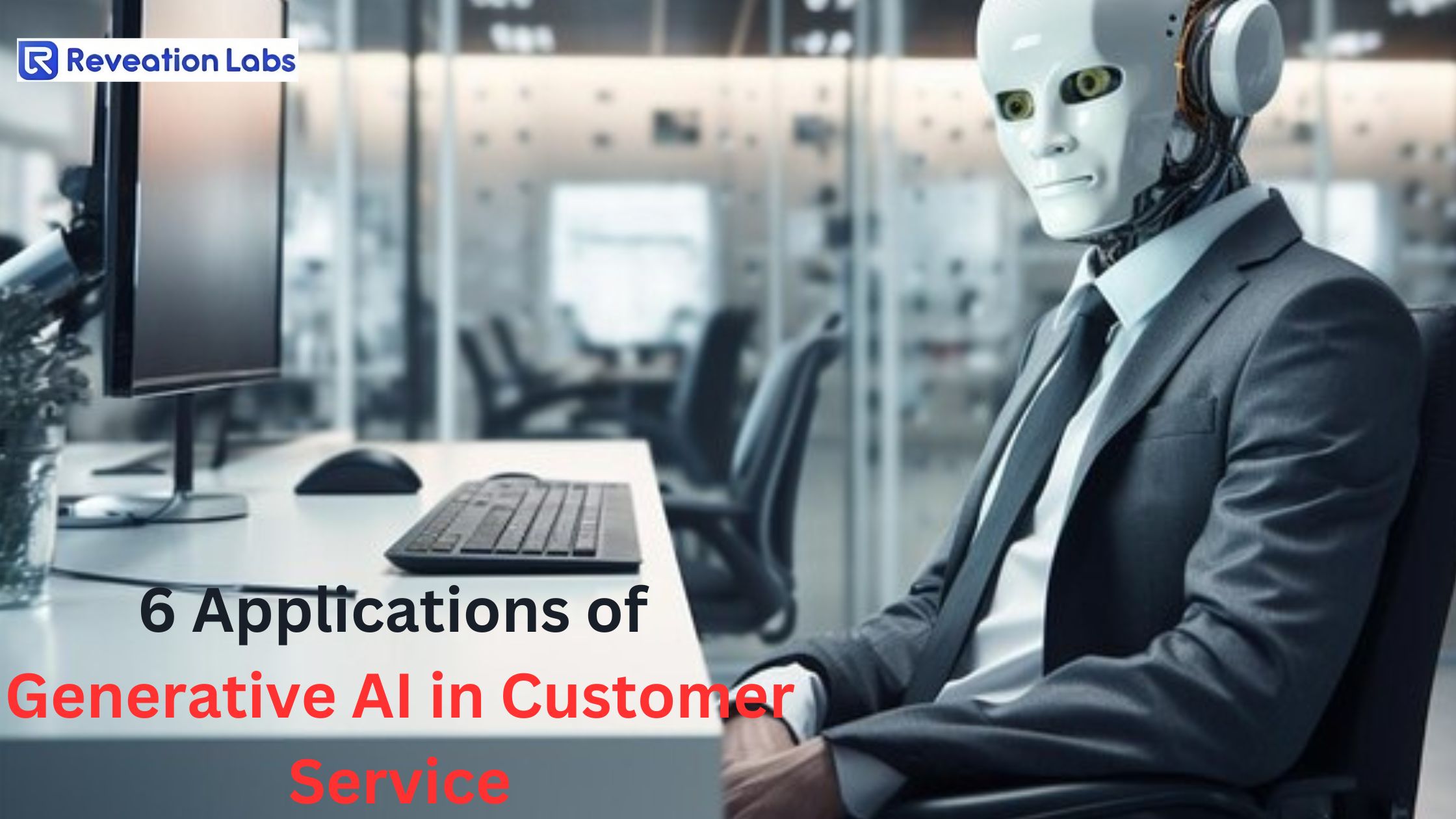Jhansi Pothuru
Mon Aug 07 2023


In the fast-paced world of Software as a Service (SaaS), customer retention has emerged as a critical success factor. SaaS is a cloud-based service model in which software applications are hosted and maintained by a third-party provider and made accessible to customers over the Internet. This means users can access the software without the need for installation or physical hardware, making it highly convenient and scalable.
The recurring revenue model of SaaS companies relies heavily on retaining existing customers over the long term. Instead of traditional one-time purchases, SaaS companies typically charge a subscription fee, which ensures a steady and predictable income stream. This financial structure allows SaaS providers to focus on continuous improvement and innovation to meet the ever-changing needs of their customers.
However, Due to the competitive landscape, constantly evolving technology, and customers in the SaaS industry makes it challenging to keep churn rates in check.
In this article, we will explore proven strategies for reducing churn and increasing customer retention in the SaaS industry.
Understanding SaaS Churn Rate and Its Impact
Churn, also known as customer attrition, is the percentage of customers who stop using a SaaS product or service within a specified period. High churn rates can severely impact a SaaS company's bottom line, impede growth, and hinder sustainable success. so, the SaaS company’s main goal is to reduce churn rates
According to a study by Bessemer Venture Partners, reducing churn by just 5% can increase the customer lifetime value (CLV) by 75%. This highlights the significance of curbing churn for SaaS companies.

Source: SaaS Metrics
As a SaaS company expands, the Absolute churn increases simultaneously. with the total number of existing customers. This can delay growth unless new customers are continually added at an increasingly rapid pace.
Also Read: Software Development Process: Best Practices and tips
Analytical Approaches for SaaS Customer Retention
1. Net Churn Rate:
Net Churn Rate is a metric that takes into account both customer churn and expansion during a specific period, typically a month or a quarter. Churn refers to the percentage of customers who stopped using a company's product or service during that period. Expansion, on the other hand, includes revenue generated from existing customers through upsells and cross-sells.
Net Churn Rate = (Churn Rate - Expansion Rate)
A negative net churn rate indicates that the expansion from existing customers is greater than the revenue lost from churned customers, resulting in overall revenue growth.
2. Gross Churn Rate:
Gross Churn Rate measures the percentage of customers who churned during a specific period without considering any new customer acquisitions during the same period. It provides a straightforward view of the loss of customers within that period.
Gross Churn Rate = (Number of Customers Churned / Total Number of Customers at the Start of the Period) * 100
3. Customer Lifetime Value (CLV):
Customer Lifetime Value is a crucial metric that helps businesses understand the revenue generated from a customer over the entire duration of their relationship with the company. It takes into account all the transactions a customer makes during their lifetime as a customer.
Calculating CLV can be complex, as it involves factors like average transaction value, purchase frequency, customer retention rate, and gross margin.
CLV = (Customer Lifespan * Purchase Frequency *Avg Purchase Value) - Customer Acquisition Cost(CAC)
A high CLV indicates that the customer brings in significant revenue over their lifetime, making them more valuable to the company.
4. Cohort Analysis:
Cohort Analysis is an analytical approach that groups customers based on a common characteristic, such as their sign-up or acquisition dates. It tracks the behavior and churn rate of each customer cohort over time. By analyzing cohorts, businesses can identify trends, patterns, and changes in customer behavior, allowing them to optimize strategies for customer retention and acquisition.
For example, cohorts can be formed based on customers who signed up in the same month or quarter, and then their churn rates can be observed over subsequent months or quarters.
Overall, these metrics and approaches are vital for businesses to understand customer retention, revenue growth, and customer lifetime value, which are essential aspects of a company's long-term success and profitability.
Proven Strategies to Improve Your SaaS Business
1. Personalized Onboarding and Engagement
The customer journey starts from the very beginning, and an exceptional onboarding experience sets the tone for a long-lasting relationship. By personalizing onboarding processes based on user profiles and needs, SaaS companies can ensure customers feel valued and understand the product's value proposition better.
Research conducted by Userpilot indicates that 63% of customers consider onboarding to be a crucial factor in their decision to subscribe to a product. Additionally, 74% of potential customers are likely to switch to alternative solutions if they find the SaaS onboarding process to be complex.
2. Superior SaaS Customer Support
Responsive and effective customer support is essential for keeping customers happy and engaged. Data from GrooveHQ reveals that 82% of customers stop using a product after a bad experience with customer support. Offering multiple support channels, such as live chat, email, and phone, helps customers get their issues resolved quickly, leading to higher satisfaction and reduced churn.
3. Continuous Product Improvement
Regularly updating and improving the SaaS product based on customer feedback and market trends is critical for retaining customers. According to a study by Deloitte, 87% of SaaS customers consider product quality as the most important factor in their purchasing decisions. By investing in research and development, companies can ensure their product stays relevant and valuable to customers over time.
4. Implement Usage Data Analysis
Utilizing SaaS data analytics to monitor customer behavior and engagement patterns can provide valuable insights into user preferences and pain points. By tracking user actions and interactions with the product, SaaS companies can identify early signs of potential churn and take proactive measures to address them. An analysis by ProfitWell indicates that the churn rate drops by 60% when usage data is closely monitored and acted upon.
5. Offer Flexible Pricing and Billing
Flexible pricing and billing options can significantly impact customer retention rates. The ability to choose plans that match their needs and the option to scale up or down as necessary reduces the likelihood of customers seeking alternatives. According to reports, adopting a flexible pricing model can decrease churn by up to 30%.
6. Nurture Customer Relationships
Building strong relationships with customers goes beyond just providing a product. Engaging customers through personalized communication, customer appreciation programs, and exclusive offers can foster loyalty and reduce churn. According to a HubSpot survey, 93% of customers are inclined to make repeat purchases from companies that provide outstanding customer service.
7. Conduct Exit Interviews
When customers decide to leave, conducting exit interviews can offer valuable feedback. Understanding the reasons behind churn helps SaaS companies identify common pain points and areas of improvement. Exit interviews also present an opportunity to win back customers by addressing their concerns and showcasing improvements based on their feedback.
Conclusion
In the highly competitive world of SaaS, customer retention is a make-or-break factor. By implementing proven strategies backed by data, SaaS companies can effectively fight churn and ensure sustained growth.
From personalized onboarding to nurturing customer relationships and leveraging usage data, every step counts in the battle against churn. As the industry evolves, SaaS companies must continuously adapt their retention strategies to meet evolving customer needs and expectations. Embracing these strategies will not only reduce churn rates but also lead to increased customer satisfaction and improved customer lifetime value.
Why Reveation Labs
We are a team that is technically proficient and simultaneously caring for your business. Our ideology is to provide the latest technologies that suit your business well.
Let’s discuss your requirements!
Give your business the next-gen technology it deserves. Be a part of our family of successful enterprises that work on high-end software solutions.
Experts
In all the latest technologies and developments.
Creative
To innovate the best solutions and pick the right technology for you.
Ethical
To always put you first & respect your business values and procedures.
Dedicated
To meet the deadlines and help you until the very end and beyond.
Approachable
For all your business needs and queries at any point of time.
Transparent
In our ways of working.




